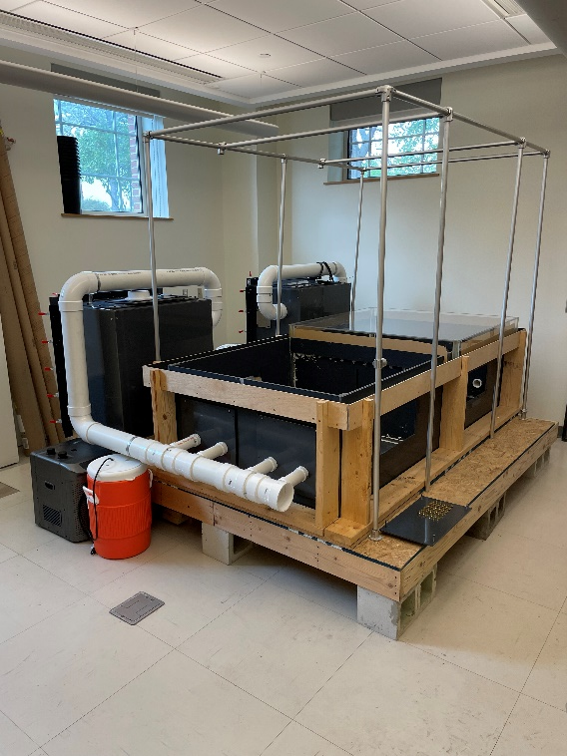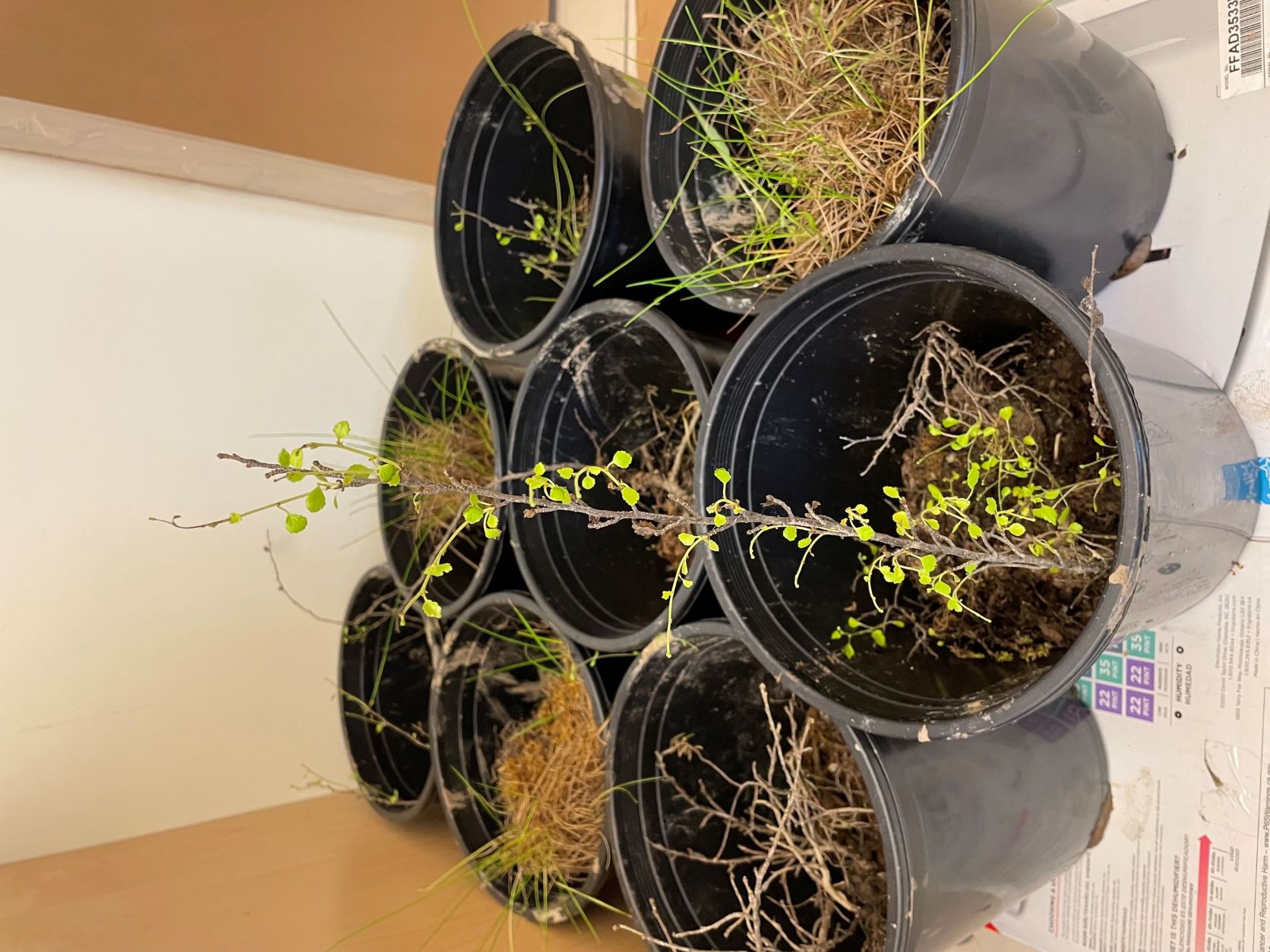Climate change is making carbon stored in permafrost soils vulnerable to decomposition and is leading to changes in vegetation on the landscape. Modeling these processes is crucial for predicting global carbon budgets following warming however measurements and models disagree about the impacts of these changes for carbon cycling. This research project investigates how processes mediated by microbes, minerals, and their interactions with vegetation affect the decomposability of carbon in permafrost soils.
In collaboration with Caitlin Hicks Pries (Dartmouth), Will Wieder (National Center for Atmospheric Research), and Stuart Grandy (UNH), we will carry out (1) laboratory incubations to determine how soil microbial communities and mineralogy affect the fate of plant exudates and the vulnerability of native soil organic matter to decomposition in thawed permafrost. We will also be using isotope labeling to follow root exudates into permafrost soils under ambient and elevated CO2 to understand how plant type and soil mineralogy interact to impact carbon storage.
We will incorporate the results of those studies into the MIcrobial-MIneral Carbon Stabilization (MIMICS) and Community Land Model (CLM) to understand feedbacks to the climate system. This research is addressing critical knowledge gaps about how carbon is stored in permafrost and how this will affect the Earth’s carbon cycle.


